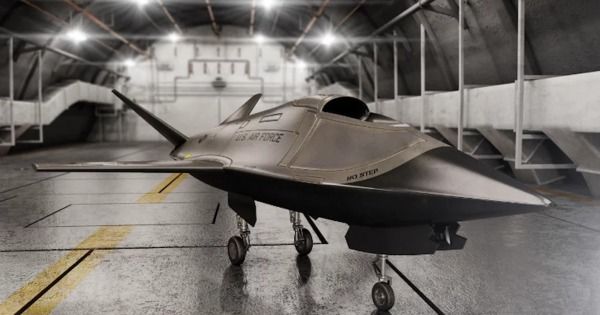According to a report in the official magazine of its Defense Ministry, Russian “supersoldiers” are able to use “parapsychology” techniques to crash enemy computers, access the minds of foreign soldiers, and read documents inside locked safes — abilities they gained, according to the article, from telepathic dolphins they can now communicate with.
The report is almost certainly nonsense. But it does raise questions about the ambitions — and perhaps dysfunctions — of Russia’s military.








